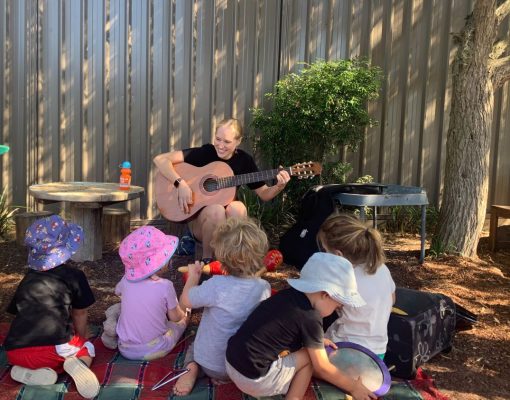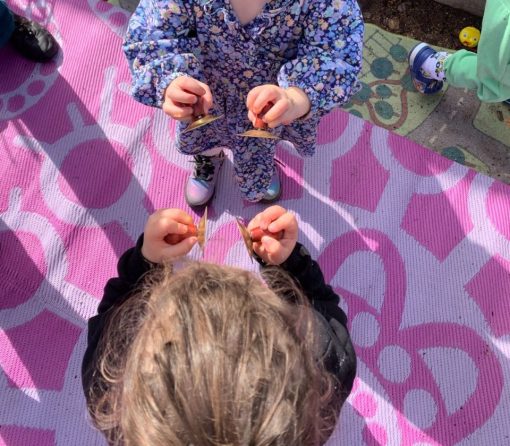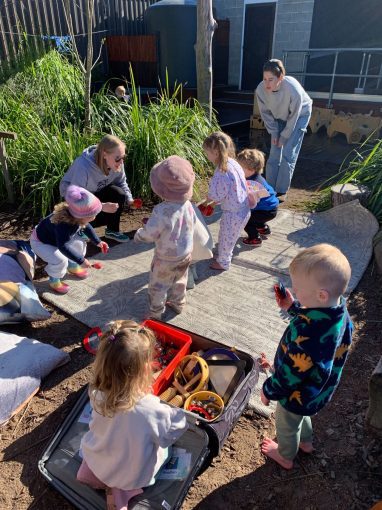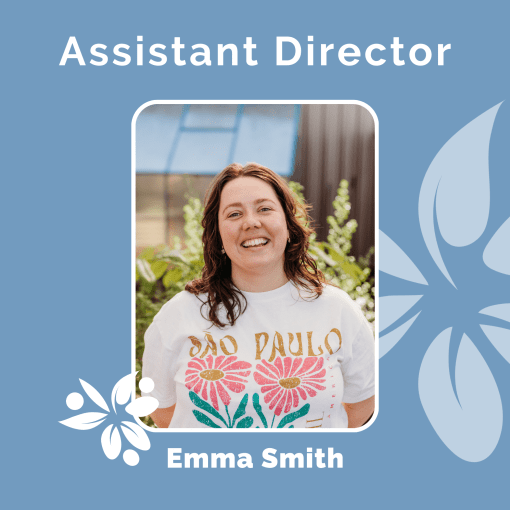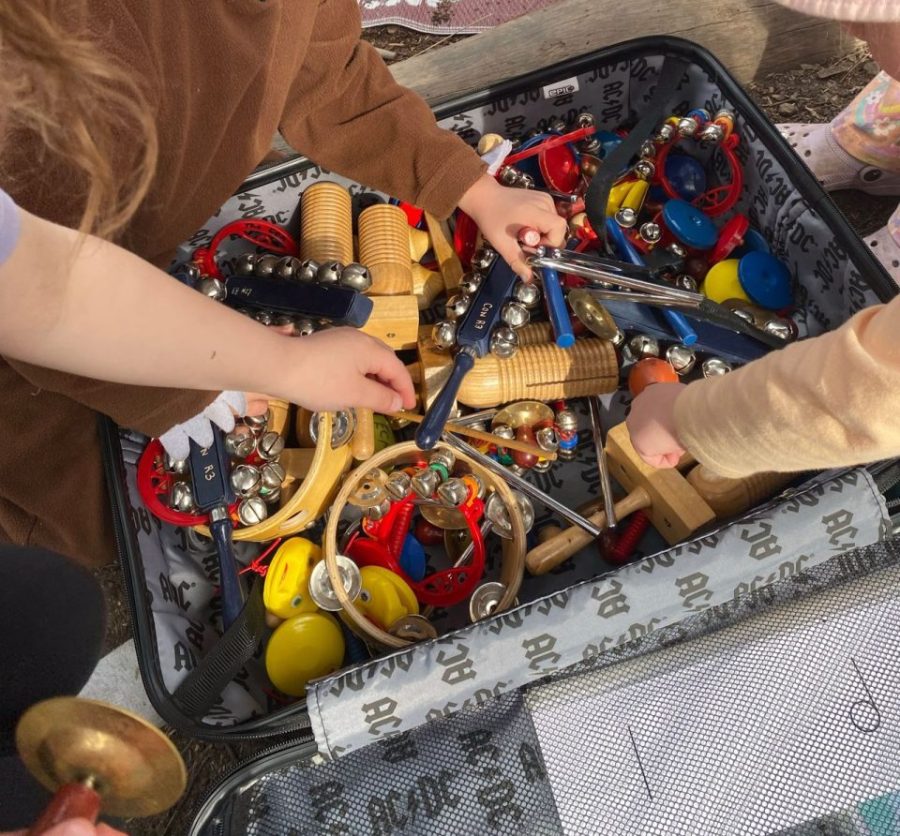
The Lost Art of Song: Rediscovering the Power of Singing in Early Childhood
When I think back to my early days as an Educator, just 19 years old and fresh into the profession, one of my most vivid memories is my first real exposure to the magic of song in early childhood. There was an Educator named Kay, who had decades of experience and she relished every opportunity to gather and connect with children through song.
Kay would come each day prepared with different props puppets resembling the queen from the favourite nursery rhyme Sing a Song of Sixpence, or a little beehive for Here is the Beehive. Some days, she’d come with nothing but her voice, filling the room with warmth and rhythm. I would watch her, entranced just like the children, as she engaged them through simple songs that exposed them to so many developmental benefits: phonological awareness, early numeracy concepts, language rhythm, and more.
There was laughter at the silliness of some of the songs. I remember one in particular that always got the children giggling: “We all know frogs go la-di-da-da, they don’t go gulp gulp gulp!” There was such joy in the nonsense of it, and connection in the shared moment. Being exposed to Kay so early on in my career allowed me to absorb and thankfully learn countless songs that I still sing today.
Lately, I’ve been reflecting on something that feels like it’s slowly slipping away in our fast-paced, tech-heavy world: the simple, powerful act of singing with children.
There was a time when early childhood settings were rich with the sound of Educators’ voices leading songs, telling stories, and sharing rhymes from memory. No iPads. No Bluetooth speakers. Just the rhythm of voices, the clap of a hand, and the comfort of predictability that songs offer children. But somewhere along the way, this practice has started to fade.
There’s been a noticeable shift toward digital media to support song and story in early childhood spaces. While there’s a place for high-quality audio resources, I worry that we’ve become too reliant on them. Add to this the quiet self-doubt many Educators carry “I can’t sing,” or “I don’t know the words” and we start to see a generation of children missing out on the rich oral traditions that have always helped anchor them in their day.
But here’s the thing: children don’t need perfect pitch. They don’t need background music. What they need is you.
They need your voice. They need the familiarity of a favourite song sung during play, or the gentle rhythm of a lullaby before rest. They need circle time to feel like a warm gathering. Song and rhyme hold a special kind of magic: they slow us down, draw us in, and offer children something that is both predictable and deeply joyful.
When we sing with children, we’re doing so much more than filling time. We’re building a connection. We’re supporting language, memory, and emotional wellbeing. We’re also laying the foundations for early literacy skills.
Songs and rhymes help children tune in to the sounds within words—the rhythm, the beat, the patterns. This is called phonological awareness, and it’s one of the most important pre-reading skills children can develop. Through rhyme and repetition, children begin to recognise patterns, anticipate language, and eventually experiment with their own words and sounds. They learn to listen closely. They hear that “cat” rhymes with “hat,” that songs have syllables and that language is playful.
These moments don’t require planning; they simply require presence and a willingness to sing.
Including song in our everyday rituals creates rhythm and comfort in the day. A soft good morning tune to begin the day. A silly song during transitions. A calming lullaby before rest. These small acts build predictability and trust. And often, they bring about joy—real, spontaneous laughter and connection.
Some of the most beautiful moments I’ve witnessed in early childhood have happened in song.
I want to gently encourage you whether you’re new to early childhood or have been in the sector for years to bring more of your own voice into the day. Choose one song that brings you joy. Use it to mark a moment in the routine. Sing it often. Notice how it begins to belong to the children, how it starts to hold meaning. It doesn’t need to be fancy. Just familiar.
Be curious ask the children what songs they love. Ask families what they sing at home. You’ll be surprised by how quickly singing becomes a shared language.
Let’s not lose this art. Let’s reclaim it.
Let’s remember that our voices, no matter how “in tune” they are, carry far more than melody. They carry connection, comfort, rhythm, and joy. And when we sing, we’re not just filling the air with music we’re filling hearts.
Written by our Assistant Preschool Director, Emma Smith
References:
Bolduc, J. (2009). Effects of a music programme on kindergartners’ phonological awareness skills. International Journal of Music Education, 27(1), 37–47. https://doi.org/10.1177/
Gerry, D., Unrau, A., & Trainor, L. J. (2012). Active music classes in infancy enhance musical, communicative and social development. Developmental Science, 15(3), 398–407. https://doi.org/10.1111/j.
Yopp, H. K., & Yopp, R. H. (2009). Phonological awareness is child’s play!. Young Children, 64(1), 12–18. https://www.naeyc.org/


